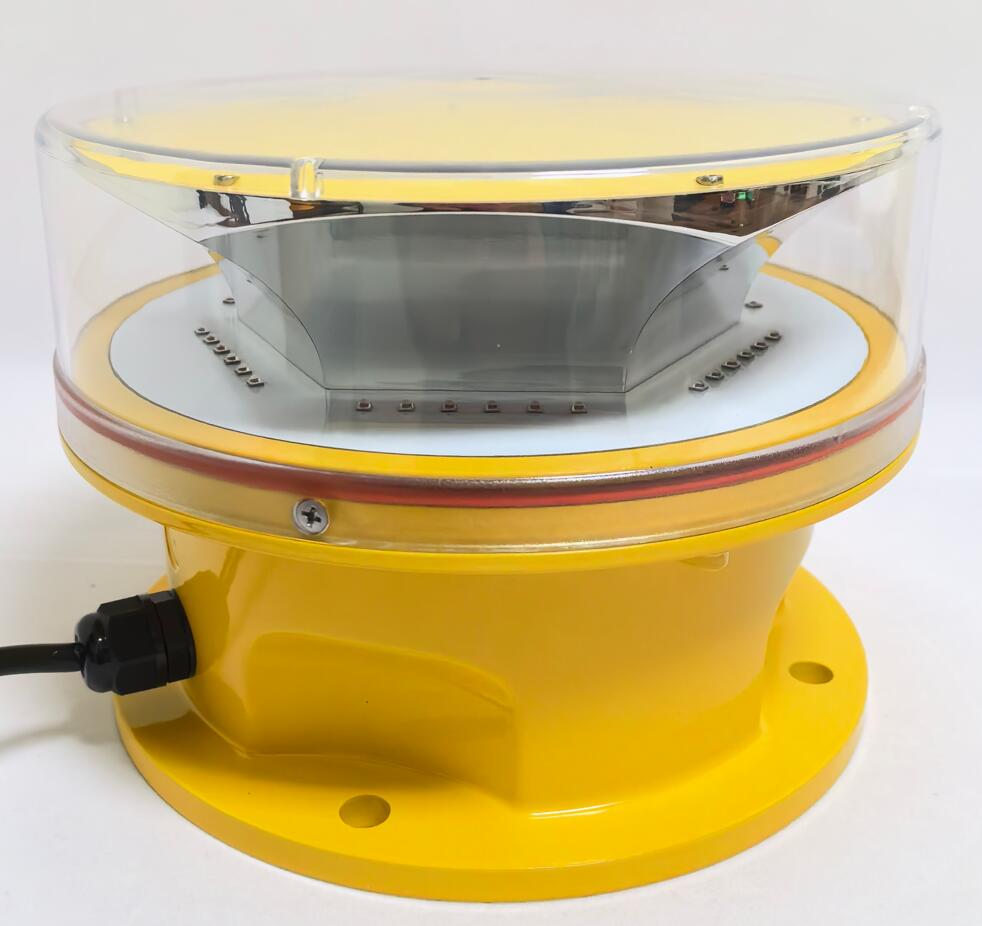Understanding Tower Obstruction Light Price: Factors That Influence Cost and Value
When planning aviation safety lighting for towers, one of the most critical considerations is the tower obstruction light price. The cost of these essential systems varies significantly depending on technical specifications, regulatory requirements, and environmental factors. This article explores the key elements that affect tower obstruction light price, how to balance cost with quality, and what buyers should consider before making a purchase.
Why Tower Obstruction Light Price Matters
Obstruction lights are mandatory for tall structures to prevent collisions with aircraft. While cost is an important factor, choosing the cheapest option without considering performance and compliance can lead to safety risks, regulatory fines, and higher long-term expenses.
1. Compliance with Aviation Standards
Lights must meet FAA (U.S.), ICAO (international), or EASA (Europe) regulations. Non-compliant lights may be cheaper initially but can result in penalties or mandatory replacements.
2. Long-Term Reliability and Maintenance
Low-cost lights may have shorter lifespans, requiring frequent replacements and increasing overall expenses. Investing in durable, high-quality LED lights reduces maintenance costs over time.
Key Factors Affecting Tower Obstruction Light Price
1. Light Intensity and Type
Low-Intensity Obstruction Lights (L-810) – Economical, suitable for structures under 150 feet.
Medium-Intensity Obstruction Lights (M-810, M-864) – Mid-range pricing, used for structures between 150-500 feet.

High-Intensity Obstruction Lights (H-864, H-865) – Most expensive, required for structures over 500 feet.
2. Power Source and Energy Efficiency
AC-Powered Lights – Lower upfront cost but higher electricity consumption.
Solar-Powered Lights – Higher initial tower obstruction light price but lower operational costs, ideal for remote locations.
LED vs. Incandescent – LED lights cost more upfront but last longer and consume less power.
3. Environmental Durability
Standard Models – Affordable but may not withstand extreme weather.
Ruggedized Models – Higher cost due to corrosion-resistant materials, waterproofing (IP67+), and thermal management for harsh climates.
4. Smart Features and Automation
Basic Models – Manual operation, lower cost.
Smart Obstruction Lights – Higher tower obstruction light price due to remote monitoring, automatic brightness adjustment, and failure alerts.
| Tower Obstruction Light Price |
5. Quantity and Bulk Purchasing
Buying in bulk often reduces per-unit costs.
Some suppliers offer discounts for long-term contracts or large-scale projects.
How to Get the Best Value for Your Budget
1. Assess Your Specific Needs
Determine the required light intensity based on tower height and aviation regulations.
| Tower Obstruction Light |
Evaluate environmental conditions (offshore, high winds, extreme temperatures).
2. Compare Multiple Suppliers
Request quotes from different manufacturers.
Check certifications (FAA, ICAO, CE) and warranty terms.
3. Consider Total Cost of Ownership (TCO)
A higher initial tower obstruction light price may be justified by lower maintenance and energy costs.
Solar-powered or LED systems can offer long-term savings despite higher upfront costs.
4. Look for Future-Proof Solutions
Investing in smart, adaptive lighting can reduce the need for upgrades later.
Current Market Trends Influencing Pricing
1. Rising Demand for LED and Solar Solutions
Energy-efficient options are becoming more affordable due to technological advancements.
2. Increased Regulations and Safety Standards
Stricter aviation rules may drive up prices for compliant models.
3. Growth of Smart Infrastructure
IoT-enabled obstruction lights are gaining popularity, affecting tower obstruction light price due to added functionality.
The tower obstruction light price depends on multiple factors, including light type, power source, durability, and smart features. While cost is important, prioritizing compliance, reliability, and long-term savings ensures both safety and financial efficiency.
By carefully evaluating needs and comparing suppliers, buyers can find the best balance between affordability and performance. Investing in high-quality obstruction lights today can prevent costly regulatory issues and enhance aviation safety for years to come.
Final Recommendation
For budget-conscious buyers: Opt for certified mid-range LED models with good warranties.
For long-term savings: Consider solar-powered or smart lighting systems.
For extreme environments: Invest in ruggedized, high-durability lights to minimize replacements.
Choosing the right obstruction light at the right tower obstruction light price ensures compliance, safety, and cost-efficiency in the long run.
